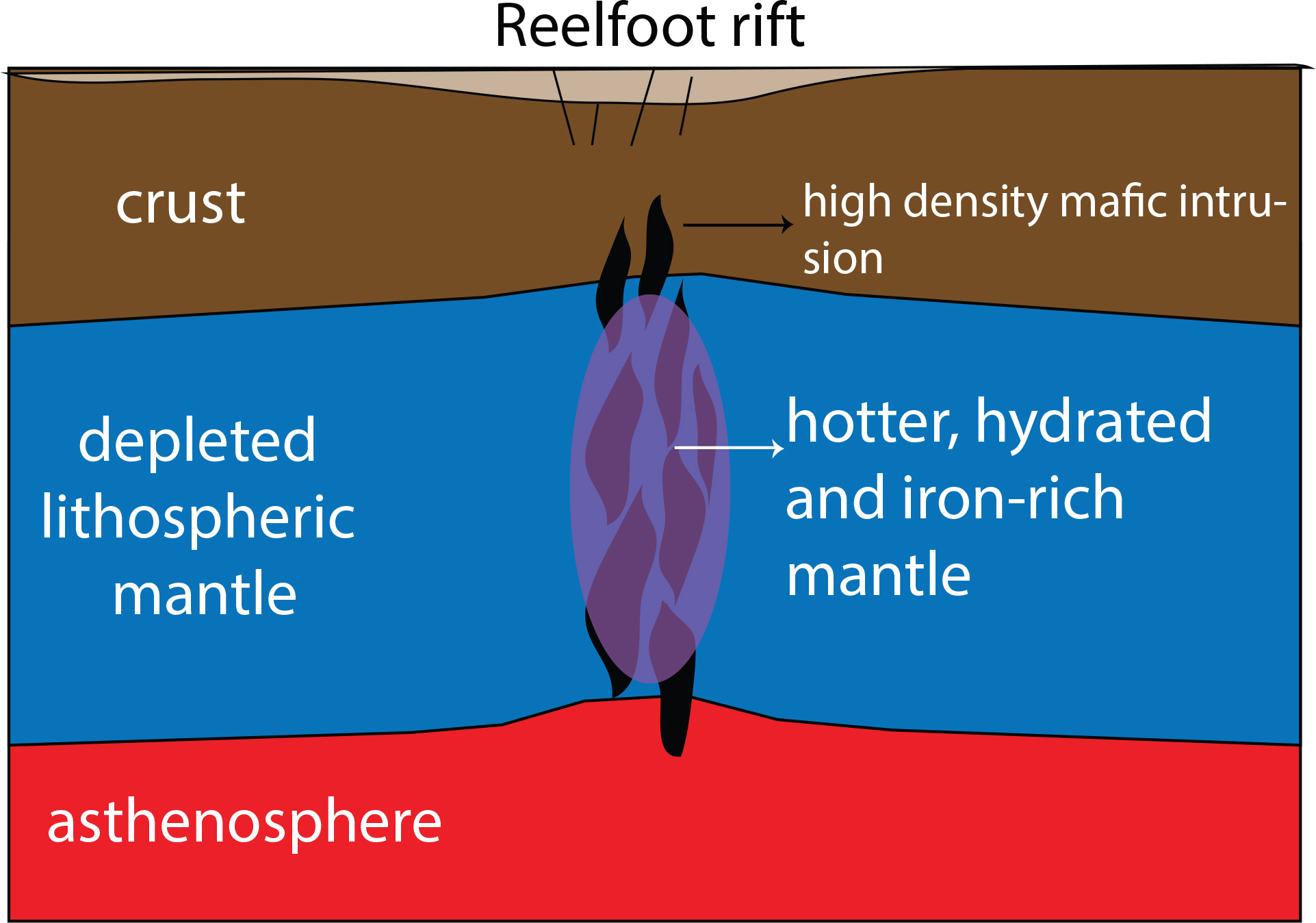By Adam Mann - Fall 2015
In 1811 and 1812, the New Madrid earthquakes destroyed homes and buildings through northeast Arkansas and the Missouri Bootheel. According to historical accounts, the quakes—estimated to have been of magnitude between 7 and 8—may have temporarily reversed the course of the Mississippi River and set church bells ringing as far away as Boston.
The cause of these formidable events remains a mystery. Earthquakes tend to occur at the boundaries between tectonic plates, where stress builds up and releases as the plates shift. It’s unclear how such strong seismic activity could have emerged so far from the North American plate’s edge.
But new clues are emerging about these areas, known as the New Madrid and Wabash Valley seismic zones, and whether they might ever again experience such devastating earthquakes. By analyzing subtle underground vibrations created by distant tremors, researchers have peered 80 to 130 km beneath the surface to create a picture of the Earth’s composition here.
“It’s like a CAT scan,” said graduate student Chen Chen of Purdue University, who led the recent study. Chen used data collected over two years from an EarthScope project known as the OIINK experiment, for Ozarks, Illinois, Indiana, and Kentucky, an array of seismometers spaced roughly 25 km apart throughout the region, and the USArray, whose stations are set 70 km apart. The instruments are sensitive enough to pick up seismic waves set off by earthquakes of magnitude 5.8 on the other side of the globe. The velocity of such waves is determined by the properties of the medium they move through. As the traveling waves reached each station in succession, Chen could determine how fast they swept through the Earth and map out the upper mantle.
She found that in certain spots beneath the New Madrid and Wabash Valley seismic zones, the waves traveled slower than normal. These anomalously low-velocity parts of the interior could be remnant scars from an event hundreds of millions of years ago, when the Reelfoot Rift began to tear North America apart at this location. Though the rifting eventually shut down, it may have exhumed iron- and water-bearing minerals from the lower-level asthenosphere into the crust, leaving it weaker than normal.
Chen said her work suggests that “this lowvelocity zone helps concentrate the seismicity.” She likened the New Madrid and Wabash Valley zones to weak sections in a large block, which could be damaged when stress is applied.
The next steps in the work will be to investigate whether the lithosphere in the region is thinner than normal, which could make it more prone to seismic activity. Because major cities like St. Louis and Memphis sit over the region, scientists are interested to know whether or not major seismic events could reoccur.
But the big remaining question is what exactly set off the New Madrid quakes. Some models suggest that spreading from the mid-Atlantic ridge—far to the east of the area—might have generated the necessary forces. Another possibility is that after the retreat of the heavy ice sheets that once covered North America, the crust may have sprung back in fits and starts, providing a local source of energy to shake the region. Figuring out the answer could help explain the occurrence of devastating earthquakes at other mid-plate zones, such as the 1976 Tangshan quake in northern China.
Illustration: Cartoon illustration of the mantle beneath the Reelfoot rift in the New Madrid–Wabash Valley seismic zone. The aligned black lenses represent iron- and water- rich melts that were extracted from the asthenosphere and channeled through the lithosphere. The infiltration of such melts may have led to “scarring” that makes the region beneath the rift more vulnerable to rupture under high stress. Image by Chen Chen.
To learn more about their science:
Chen C., Zhao D., Wu S., 2014, Crust and upper mantle structure of the New Madrid seismic zone: insight into intraplate earthquakes. Physics of the Earth and Planetary Interiors, 230, 1-14. doi:10.1016/j.pepi.2014.01.016
Chen C., Gilbert H. J., Pavlis G. L., Hamburger M. W., Yang X., Marshak S., and Larson T. H., 2014, Is there a zone of weakness beneath the New Madrid and Wabash Valley
seismic zones? American Geophysical Union Fall Meeting, 2014, Abstract T13B-4636. http://search.proquest.com/docview/1692741161?accountid=14470





